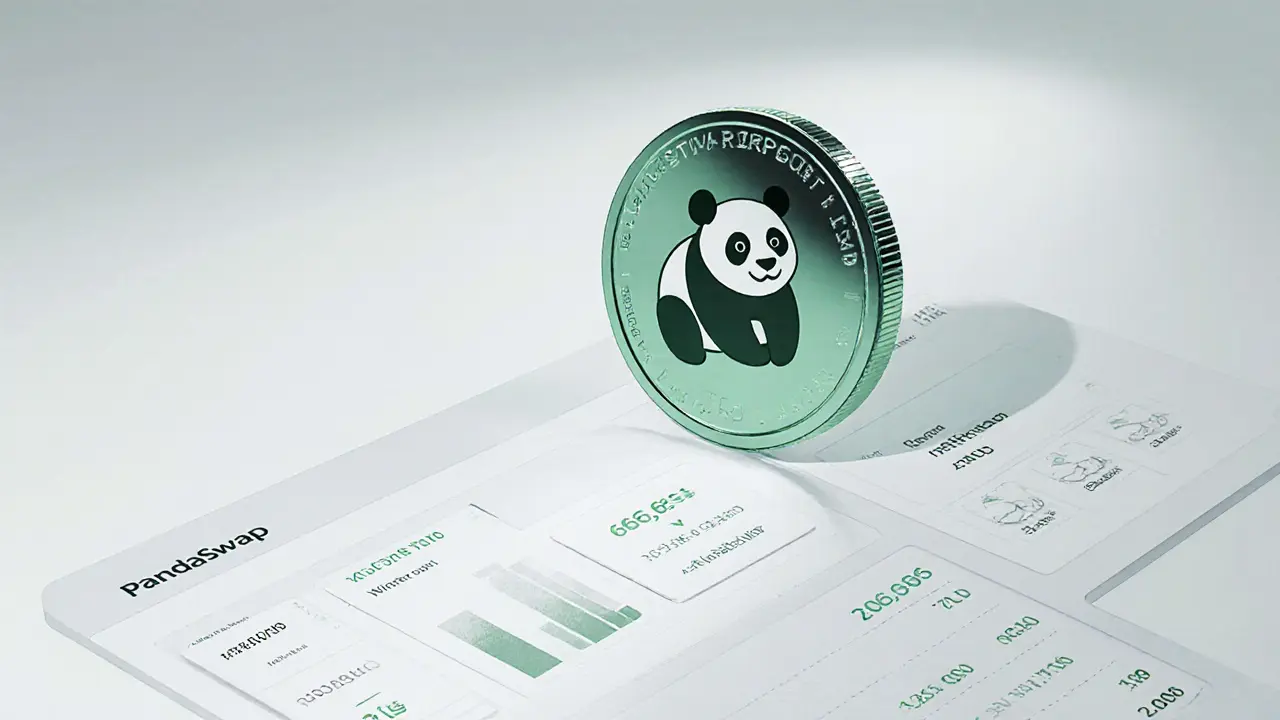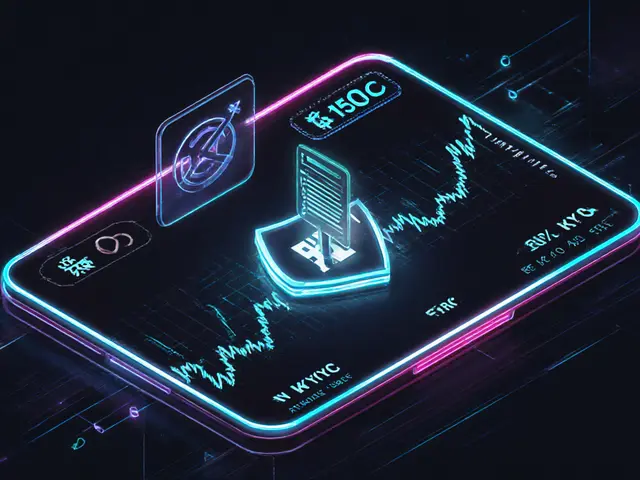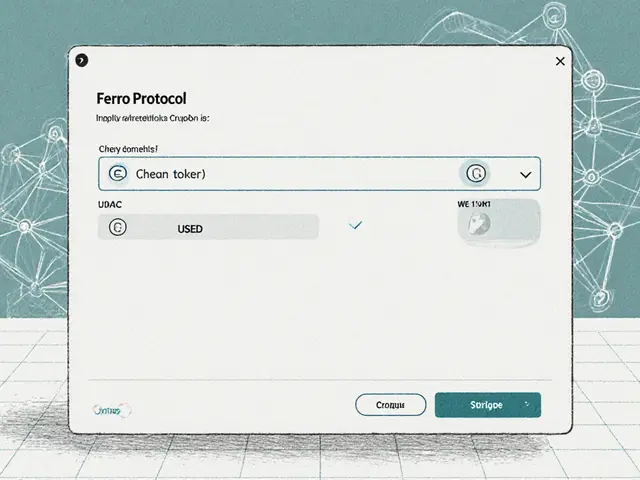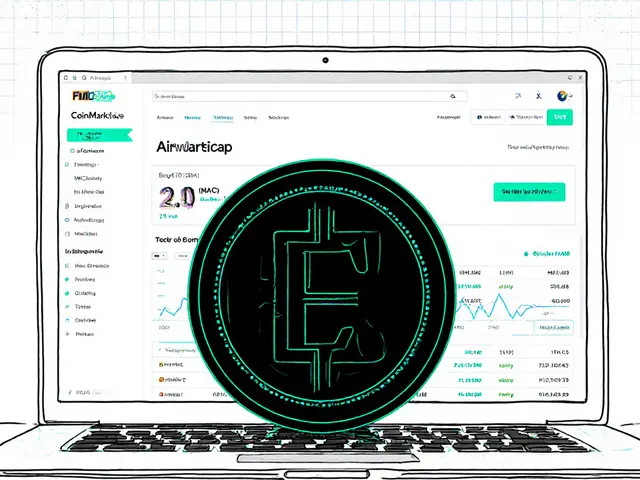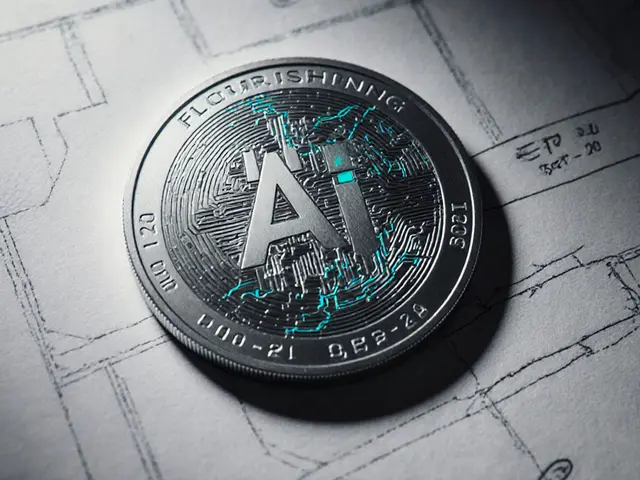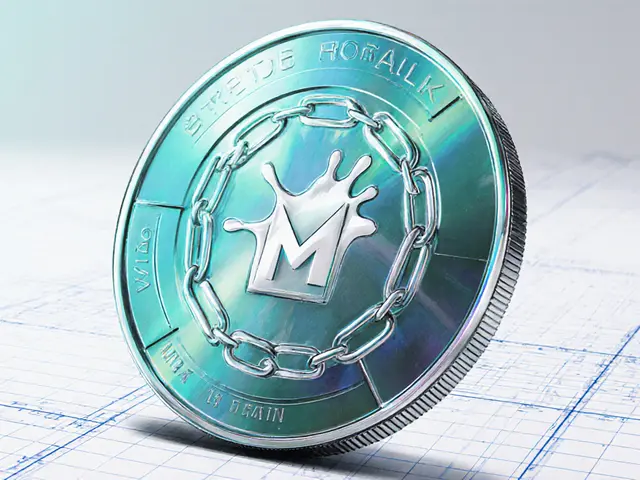Crypto Airdrop: How Free Tokens Reach Your Wallet
When talking about Crypto Airdrop, a marketing method where blockchain projects send free tokens to eligible wallets. Also known as airdrop, it lets users get a stake in new ecosystems without buying anything.
Token Distribution, the process of allocating coins or tokens to a wide audience is the engine behind every airdrop. A project creates a Blockchain Project, a set of smart contracts and community goals built on a public ledger and then decides who qualifies – usually holders of a related token, participants in a testnet, or newsletter subscribers. The DeFi Platform, decentralized finance services that run on smart contracts often run airdrops to boost liquidity or reward early adopters. In many cases the airdrop includes a Governance Token, a token that gives holders voting power over protocol upgrades, turning passive recipients into active participants.
What to Watch for in Airdrops
First, you need a compatible wallet address – most airdrops require an ERC‑20, BEP‑20 or Solana address. Second, check the eligibility criteria; projects often filter by snapshot date, transaction volume, or KYC status. Third, verify the source – a legitimate airdrop will be announced on the project’s official channels and have a clear claim process. Fourth, consider the token’s utility: is it a governance token that will affect protocol decisions, a utility token that powers services, or a pure speculative asset? Finally, watch the distribution schedule. Some airdrops release tokens all at once, while others use a vesting curve to spread rewards over months.
Understanding these pieces helps you spot genuine opportunities and avoid scams. Below you’ll find detailed breakdowns of recent airdrops, how to claim them, tokenomics, and the risks involved. Dive in to see which free tokens fit your strategy.
PandaSwap (PND) Airdrop Details: Claim Guide, Eligibility Tasks, and Token Distribution
Learn the full details of the PandaSwap (PND) airdrop: token allocation, eligibility steps, contract info, and how to claim your free tokens.
View More